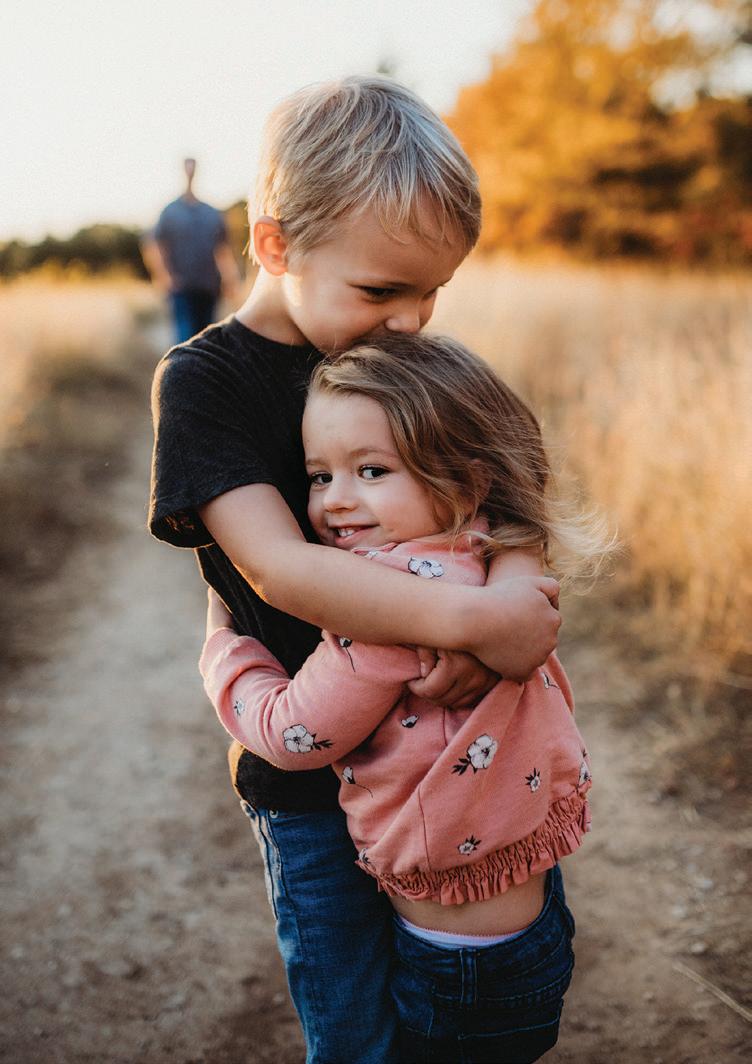By Kerrie McLoughlin
hat’s the first thing you think of when you hear about obsessive-compulsive disorder (OCD)? Maybe you think of the TV show “Monk,” of someone who washes their hands over and over, of someone who loves a schedule and hates germs. Did you realize that as many as 1 out of every 200 kids or teens has OCD? For most of us, it’s easy to keep ourselves from performing an action over and over. Sure, I might really want that third piece of cake, but I stop myself. There is no voice in my head egging me on and telling me I simply must have it or that I might die if I don’t get it … or that something bad could happen to my family or myself if I don’t eat it. So when my 7-year-old son could not stop himself from going up and down our stairs in a specific pattern one day, I was worried. He was crying while he was on the stairs but said he couldn’t stop. He had done quirky things in the past like walking in a pattern or stepping over cracks, but these things had never made him upset. As his symptoms got worse, I went into Mama Bear mode. I got on the phone and Internet to navigate the world of insurance, therapy visits, typical treatment length and costs. A therapist came to our house for the first visit, and I bought the book “Talking Back to OCD” by John S. March so I could be doing something in between weekly therapy appointments and know what was ahead. Kids and teens with OCD feel compelled to perform an action (e.g., washing their hands dozens of times or tapping out a pattern
34
Parents Press | March 2021
on the table hundreds of times) or something bad might happen, and they become obsessed with performing the action to obey what their brain is telling them to do. Their brain is essentially telling them that they will feel better if they perform the specific action. In reality, obeying the action sets the brain so that it wants to do it even more frequently. What works well for many kids facing OCD is Exposure Response Prevention (ERP) treatment. In essence, it’s like having to face one’s fears. If a child’s compulsion is being afraid to go up stairs because he always has to perform the same debilitating rituals, then he doesn’t avoid the stairs (exposure). Instead, he faces the stairs head-on and might keep a chart of how many times he performs the ritual on the stairs and how many times he is able to stop (response prevention) so he can see his progress. If you suspect your child or teen has OCD, you are certainly not alone. Make an appointment with a reputable therapist and see what she has to say. OCD can definitely be treated. r Children’s books about OCD: “Up and Down the Worry Hill: What to do When Your Child Has Obsessive-Compulsive Disorder: Strategies and Solutions” By Aureen Pinto Wagner Ph.D. “Freeing Your Child from Obsessive-Compulsive Disorder: A Powerful, Practical Program for Parents of Children and Adolescents” By Tamar E. Chansky Kerrie McLoughlin, mom of 5 great kids, can be chased down at TheKerrieShow.com.







